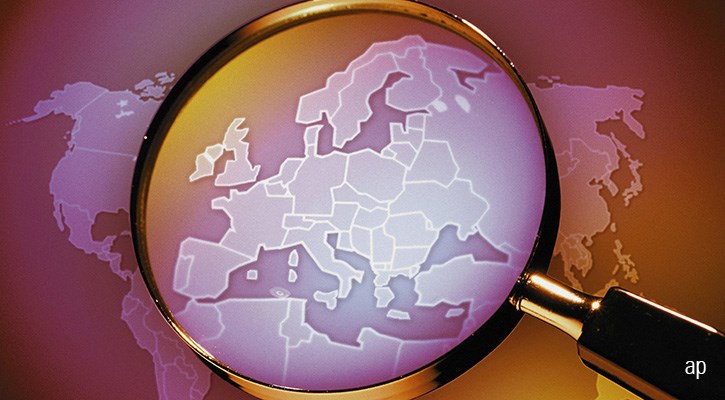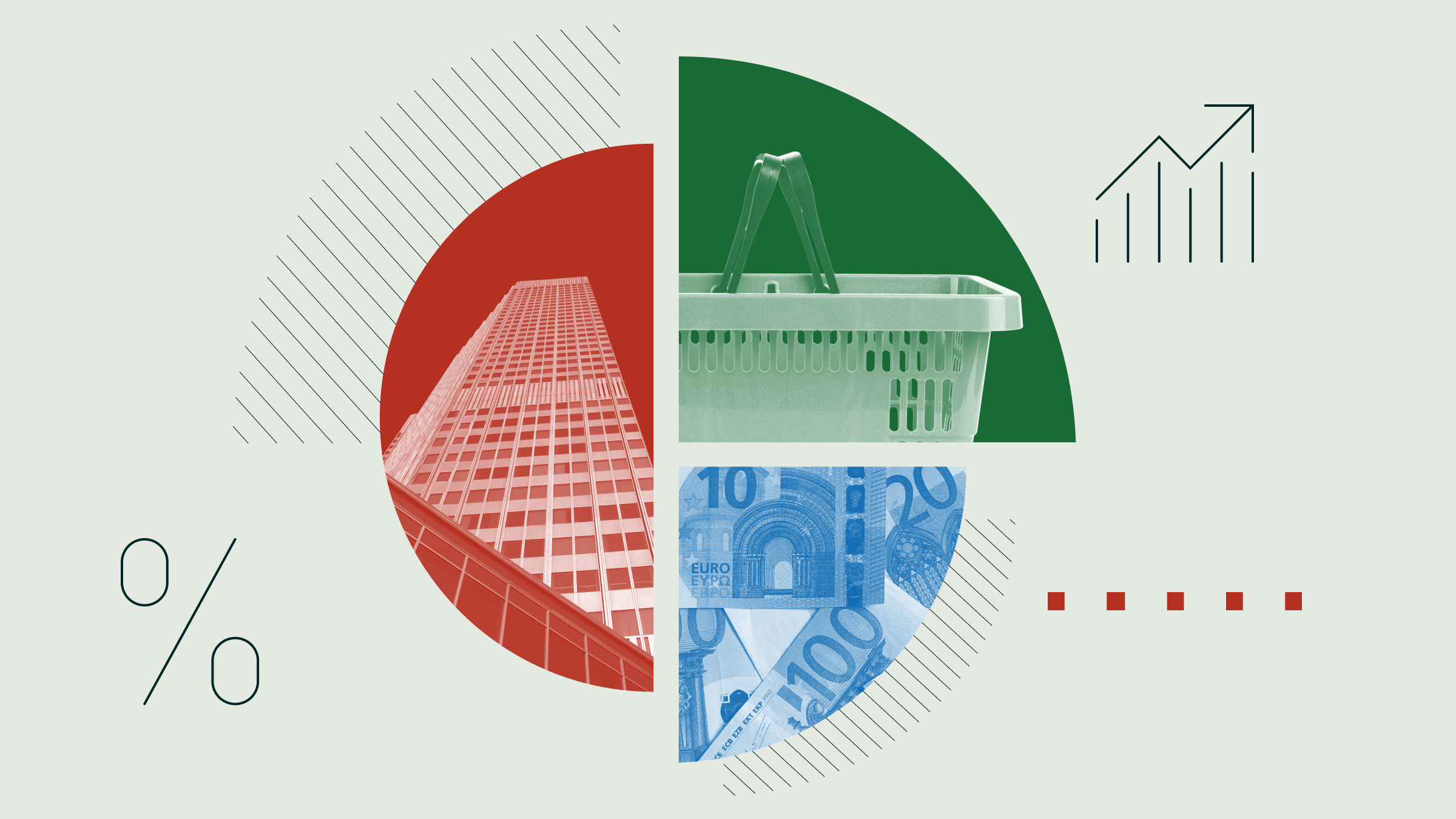
When looking for stocks to invest in, we usually go for the ones we know. For investors in the UK, that might be the top players on the FTSE, or maybe one of the big tech companies in the US. But what role do our favourite stocks play in the wider industry, and what does that look like elsewhere in Europe?
Knowing how the markets we invest in are put together can be a great tool to identify whether a potential stock has a lot of competition in its region, where opportunities lie, and which countries are likely to be impacted by economic booms and downturns. To provide some depth, we have pooled together the European markets under our coverage and broken them down by “super sectors”.
What is a super sector?
We often talk about what sectors a fund invests in, like financial services, healthcare or technology. We have 11 sectors, ranging from technology to healthcare, but to make the map easier to read, we are using our super sectors to colour the map: cyclical, sensitive and defensive.
But what does that mean? When the economy is prosperous, cyclical industries tend to expand. Equally, they tend to shrink when the economy is in a downturn. Categories that react to the markets like this include financial services or real estate. Defensive industries provide services that consumers require in both good and bad times, such as healthcare and utilities. And sensitive industries fall between the defensive and cyclical industries as they are not immune to a poor economy, but they also may not be as severely impacted by a poor economy as cyclical firms. Technology and industrial companies are great examples.
To explore the markets in Europe, we have used Morningstar indices for the countries that we cover to get an accurate representation of the weighing of each stock in a market. Each annotation also shows the return of that index so far this year.
Cyclical regions
For most of European countries, cyclical companies are reigning. This includes bigger economies like the UK, Germany and Italy, but also Hungary and Greece. Despite this, UK’s top sector is consumer defensive due to companies like Unilever (ULVR) taking up a large portion of the FTSE – 17.72% of the market belongs to this category. However, cyclical sectors financial services (16.38%) and industrials (11.19%) are second and third.
Germany on the other hand has consumer cyclical as its top category and industrials as its second, with 18.77% and 15.89% respective shares of the German market. Technology is also a big part of the market, at 14.26%. And financial services accounts for significant portions of the rest of the cyclical countries: 59.98% in Hungary, 36.12% in Poland and 29.38% in Italy. Ireland remains the biggest outlier within the cyclical category with large parts of the index being split into consumer cyclical (32.01%), basic materials (29.40%) and consumer defensive (18.37%).
Defensive regions
The mostly defensive countries are Denmark, Czech Republic, Switzerland and Portugal. Denmark and Switzerland have a shared love for healthcare stocks, which occupy the top spot for both countries. Almost half of the Danish index is healthcare stocks at 47.62%, with Novo Nordisk (NOVO), Genmab (GMAB) and Coloplast (COLO B) being some of the biggest companies in the country. In Switzerland, healthcare occupies 36.51% as Roche Holding (ROG) and Novartis (NOVN) are only beaten by Nestle (NESN), which is part of the consumer defensive category – Switzerland’s second biggest sector.
On the other hand, Portugal and Czech Republic are big on utilities companies, which account for 61.03% and 47.22% of the markets respectively. The Portuguese coast is blessed with abundant natural advantages, including wind and sun, making it a great location for energy companies like EDP – Energias de Portugal (EDP) and Galp Energia (GALP). The Czech market on the other hand could almost be considered a duopoly between utilities and financial services (43.48%), as the two together account for 90% of the market. CEZ (CEZ) and Komercni Banka (KOMB) are its biggest companies.
Sensitive regions
Apart from Denmark, the Nordics are largely sensitive countries, and so is Russia, France and the Netherlands. Norway’s top three includes sectors from all three super groups, and both Sweden and Finland like industrials and technology. Half (50.50%) of Russia’s stock market is energy companies, and financial services and basic materials account for another 40% of it.
Netherlands, which despite its size is the seventh biggest economy in Europe, is the only market where technology reigns. It also has a significant market share: 47.11% of the index is tech stocks (with ASML (ASML), Adyen (ADYEN) and Prosus (PRX) on top). France has a more even split between sectors: industrials at 23.13%, consumer cyclical at 18.59% and healthcare at 11.13%. This reflects its top three stocks: LVMH (MC), Total SE (TTE), and Sanofi (SAN).



















